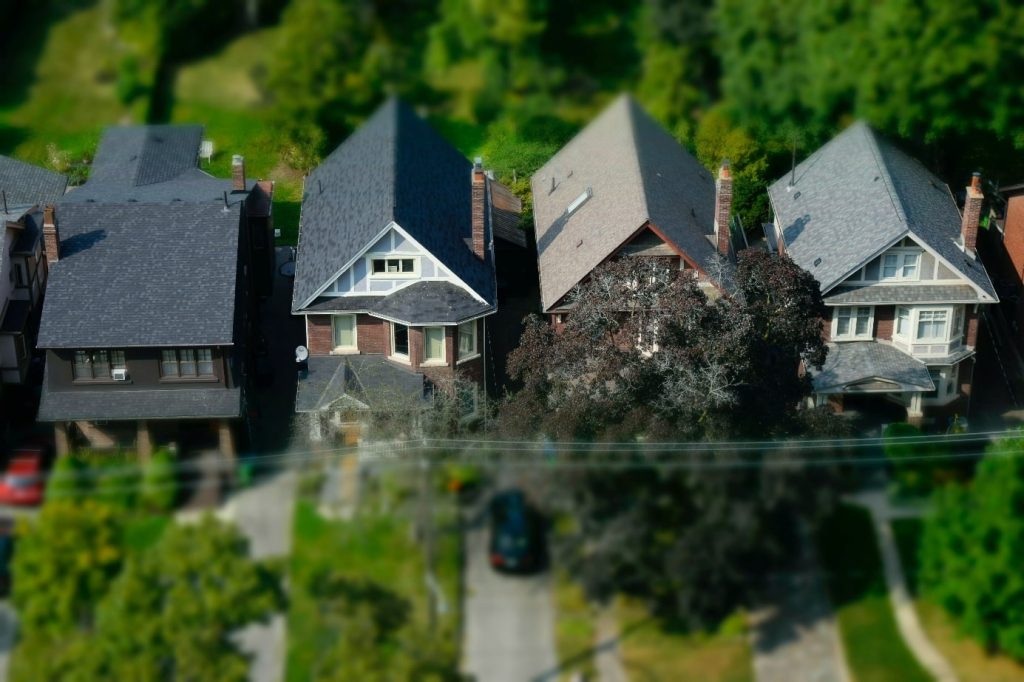Having a second home is the dream of many people. Indeed, having another home for weekends or holidays, having a pied-à-terre during your travels, is to combine business with pleasure. Such an investment deserves careful consideration. Weighing the pros and cons for such a decision is imperative.
Summary
Financing of a second home
Acquisition means financing, and financing includes expenses. To make the cost profitable, it is necessary to properly assess its financial capabilities. Given the undeniable increase in the cost of buying real estate, a special study should be directed to a possible amortization. This type of acquisition makes it possible to benefit from a loan from the bank. Nevertheless, it is important to take into account the other credits in progress.
In addition to the monthly payments in the event of a loan, having a second home also means an additional expense. The costs of equipment, maintenance and insurance cannot be underestimated, whether the residence is in the big cities or on the outskirts. Besides that, the taxes vary according to the localities. Property tax, residence tax and household waste tax are deductible even for partial occupation of the residence during the year.
Read also: How to properly insure second home?
The advantages of a second home
With a second home, the owner has full latitude to be able to reunite his family and receive his friends in all circumstances, without foreseeing expensive expenses. Thus, he has the opportunity to share the best moments with his loved ones.
The second home is an invaluable heritage. It is first of all a meticulous preparation for a serene retirement, and then an undeniable legacy for his descendants. In summary, it can become the future main residence. Therefore, the choice of location is important, and it is preferable that it be in a particularly popular place.
The disadvantages of a second home
The hardest part of acquiring a second home is managing the charges. In addition to fixed charges such as taxes, operating costs cannot be excluded. Heating, water, electricity, gas and the security system are essential. Apart from that, depending on the needs, the telephone subscription, Internet access, and the audiovisual subscription will be added. The various interviews are to be taken into account, such as painting, garden maintenance, as well as cleaning the house. According to finance professionals, the total amount of annual charges for a secondary residence is estimated at 1% of its real value for a home, and at 3% if the residence includes a large garden and a swimming pool.
Read also: Buying your main residence or investing in rental property: what to choose?
Make your second home profitable
For the amortization of costs and the profitability of purchases, leasing is a fairly common practice. If the owner decides to adopt this option, certain administrative procedures are necessary. This consists of obtaining an authorization from the town hall of the municipality where the residence is installed. What should be remembered is that the rent is deductible from tax charges in the BIC category or industrial and commercial profits. With this option, rental income benefits from a 50% reduction if less than €32,900 per year. Otherwise, it is also possible to choose the option of deducting loan charges and interest from the actual costs, in particular for monthly payments and repayments on maturity.
In addition, for a newly built tourist residence, the rental lease is for at least 9 years to benefit from a tax reduction. This rate can reach 11% of the purchase cost excluding tax. With the rental option, the fixed charges will be reduced.
In summary, any investment has its pros and cons. The most important thing is to fully understand the impacts of this purchase. It is not enough to be able to go to the countryside or to the beach whenever the need arises, but to be able to manage your own budget accordingly.
Read also: Home exchange: how does it work?




